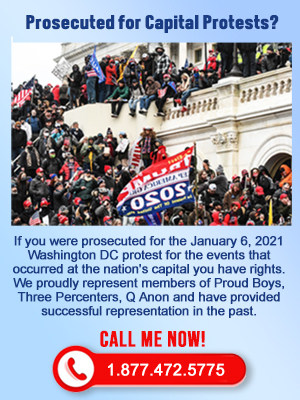A man from Arizona who sold rifle ammunition to Stephen Paddock, the man who massacred dozens of people in Las Vegas last year, has been indicted on federal charges on a single count of manufacturing ammunition with no license.
Douglas Haig was charged earlier in 2018 with the manufacture of armor-piercing bullets after federal officers stated that his name was found on a box in the hotel room that Paddock had at the Mandalay Bay hotel.
A Justice Department statement noted that Haig had a website selling armor piercing ammunition and was selling the ammunition to people who lived in NV, TX, VA, WY and SC in 2016 and 2017. But that charge did not make any mention of him selling the ammunition to Paddock.
Paddock massacred 58 people and injured hundreds more on Oct. 1, 2018 as he opened fire from his luxury suite on people who were attending the Route 91 Harvest Country Music Festival. He committed suicide as state and city police approached his room. Investigators have not been able to determine a motive for the mass shooting. It was the deadliest mass shooting in American history.
Haig told federal officers that he reloads ammo but does not sell these rounds to customers. And, none of the ammo that was recovered after the Las Vegas massacre had tool marks that were consistent with the reloading equipment he uses.
However, federal prosecutors stated that Haig’s fingerprints were on reloaded and unfired .308 caliber rounds that were inside the killer’s hotel room. Investigators said that some of the armor-piercing rounds that were found in Paddock’s room did have tool marks that were consistent with the reloading equipment Haig uses.
The defense attorney for Haig is Marc Victor, who is based in Phoenix. He said that Haig is going to fight the federal weapons charges aggressively. He also said that he believes that the other federal case that was filed against Haig earlier this year will be dismissed as a result of the NV indictment.
Victor further noted that he is going to offer prosecutors a detailed response to the evidence that was turned over in the case in Arizona. But prosecutors decided to indict the man in Nevada. Victor said that he and his client were very disappointed by the act.
Haig is an aerospace engineer who sold ammo as a hobby since the early 2000s. He did acknowledge selling 700 or so rounds of tracer ammo to Paddock several weeks before the attack. Tracer rounds are legal to sell, and have a pyrotechnic charge that shows the path of the fired bullets so the shooter can see if their aim is correct.
The criminal charge that has been filed against Haig in AZ mentioned Paddock several times. Federal investigators said they discovered armor piercing rounds in Haig’s home in a search of Oct. 19. They also noted that a forensic analysis of two armor piercing rounds that were found in Paddock’s hotel room with the fingerprints of Haig featured tool marks that were consistent with the workshop that Haig has at home.
According to the Arizona criminal complaint, Haig did not have a license to make ammo that is armor piercing. Haig noted that he did not notice anything unusual about Paddock when he sold the legal tracer rounds to him. However, the AZ criminal complaint stated that Haig told federal investigators that when the Las Vegas killer bought ammo at his home, Paddock went back to his car to get gloves. He put them on to take a box before he carried the tracer ammunition.
Haig told investigators that Paddock bought ammo from him in August 2017 at a Las Vegas gun show. Paddock them met with Haig again at a gun show in Phoenix. When he did not have the sort of ammo that Paddock wanted there, they made a plan to meet at Haig’s house. That was where Paddock bought 700 tracer rounds with cash.
Firearms experts say that generally, a federal firearms license or FFL is needed to make armor piercing rounds, but there are exceptions for people who have gotten permission from the US government if they are not thought to be selling that ammo.
Final Shooting Investigative Report Released
In the year before Paddock killed 58 people from a hotel window in Las Vegas, the man appeared to have become more unstable and regularly complained that he was sick. Financial records also showed that he had lost more than $2 million in the two years before the Oct. 1 shooting.
One of the killer’s brothers told federal agents that he thought the man was mentally ill and suffered from paranoia and delusions. His physician thought he could have been bipolar.
Still, federal investigators decided to close the investigation without a definite answer why he gathered such a number of weapons and ammo and killed and injured so many innocent people. He was the sold gunman, and he left no note or details about his motive.
When the final report was issued, the city police department closed the 10 month investigation. No one else will be charged for the massacre.
Interviews with the killer’s doctor indicated that Paddock was troubled but did not show behavior that would have caused someone to think he was a threat.
One of the killer’s brothers, Bruce, told police that he had not spoken to him in more than a decade, but thought he was mentally ill. That said, he did not think his brother was violent, and did not know him to abuse alcohol or drugs. Bruce Paddock mentioned that his brother must have been very angry to have committed such a violent act.
Stephen Paddock allegedly told his girlfriend several times that he was mentally ill but doctors could not help him. Investigators speculated that his serious financial losses in the two years leading up to the shooting may have set him off, but they could not prove this.
